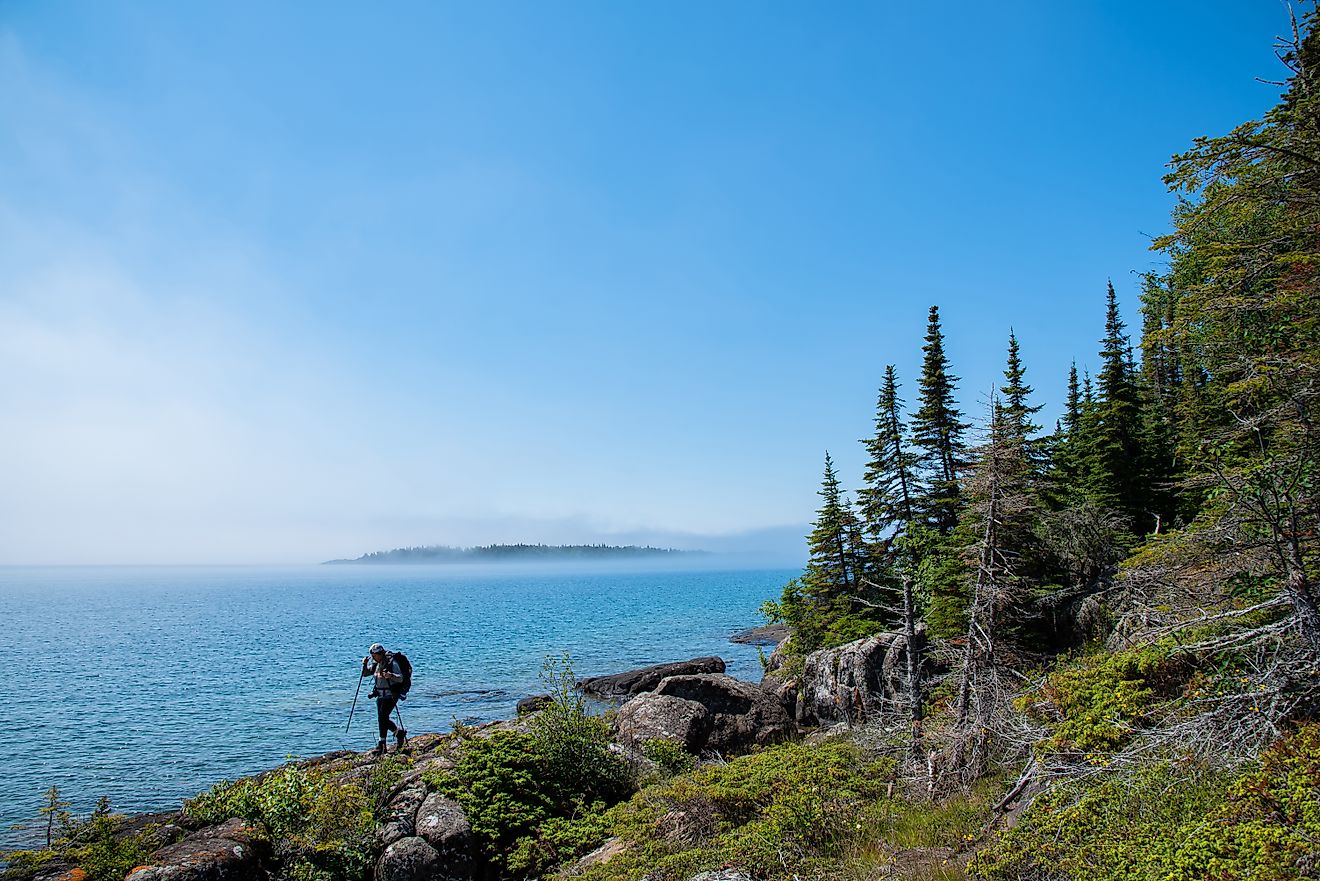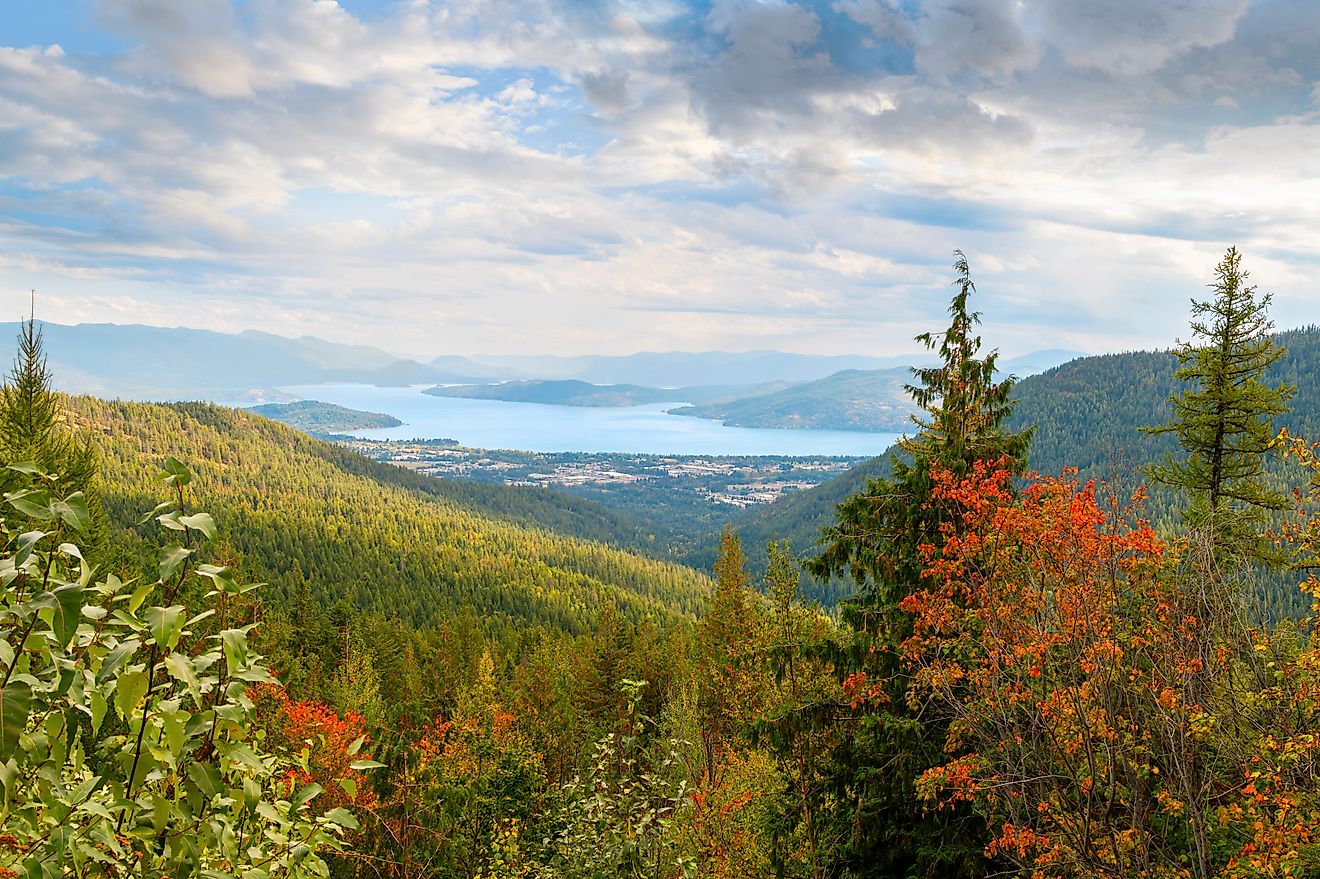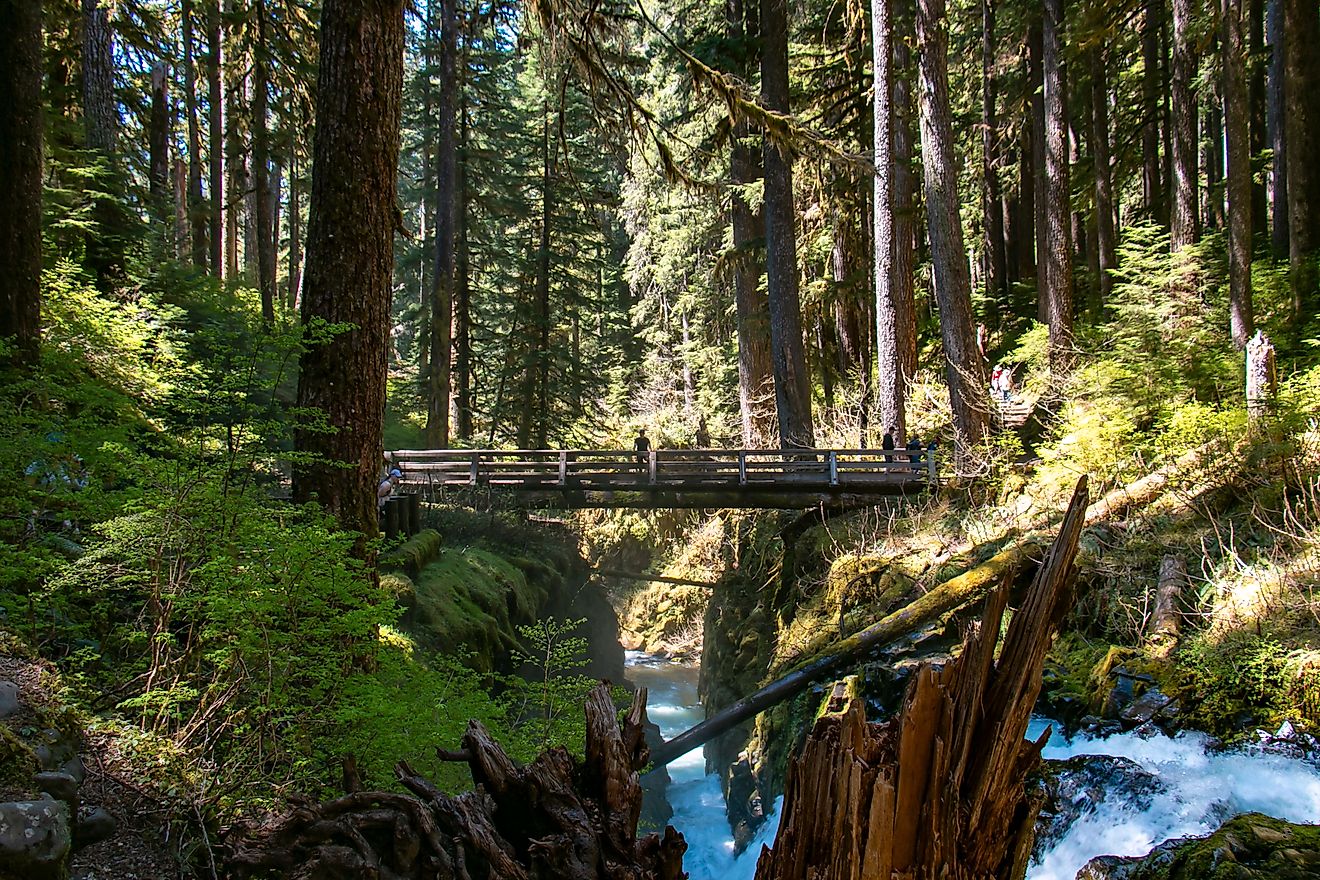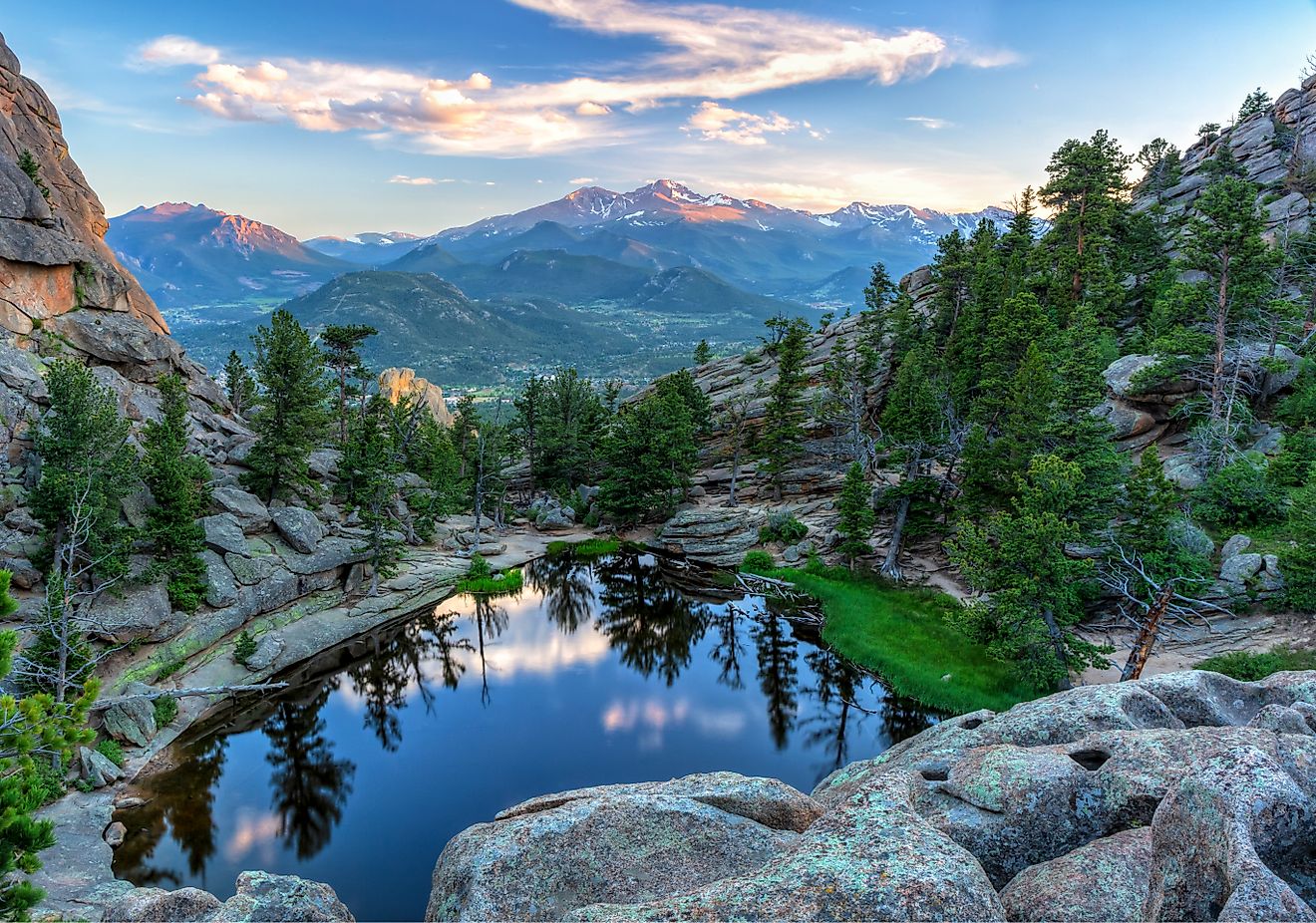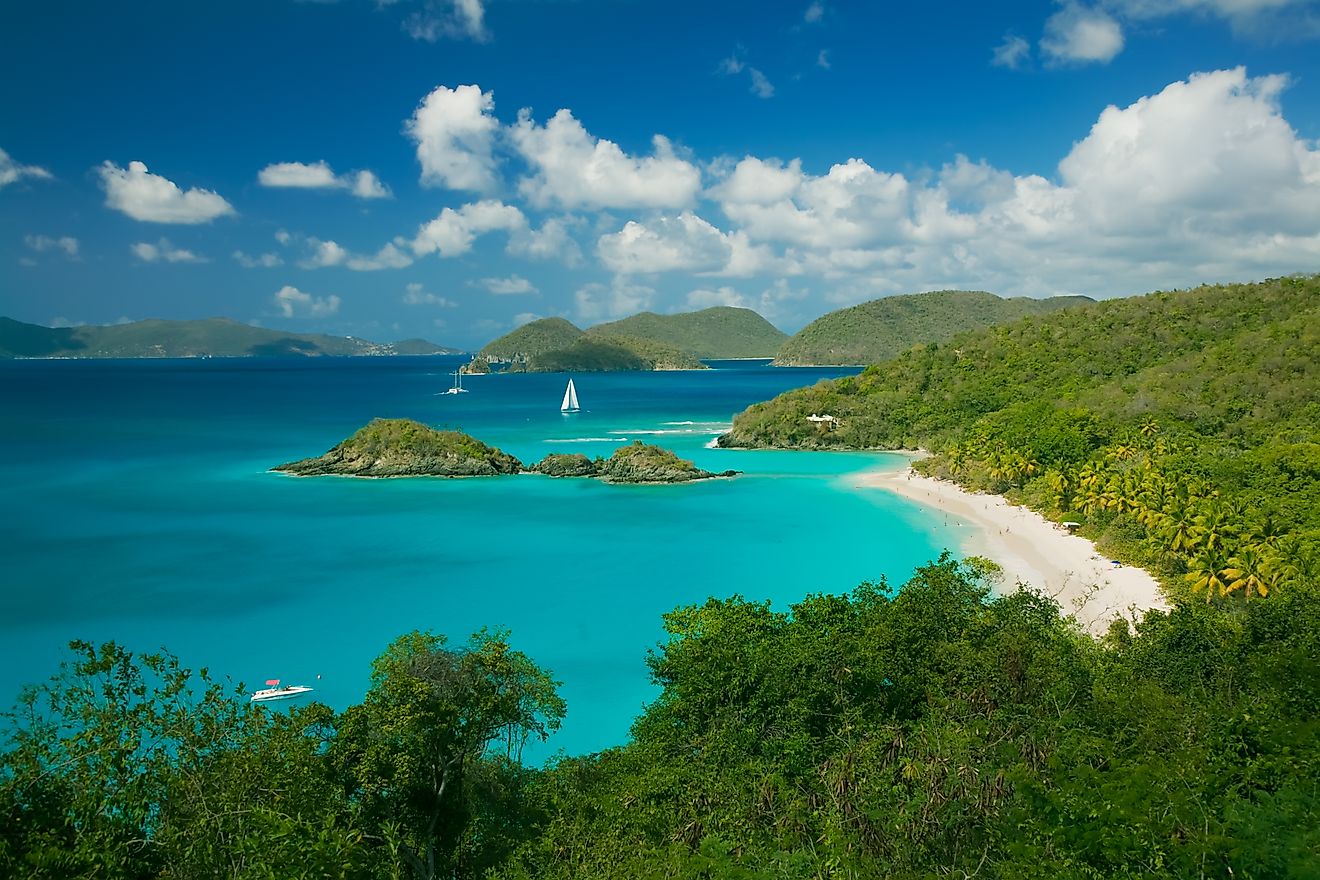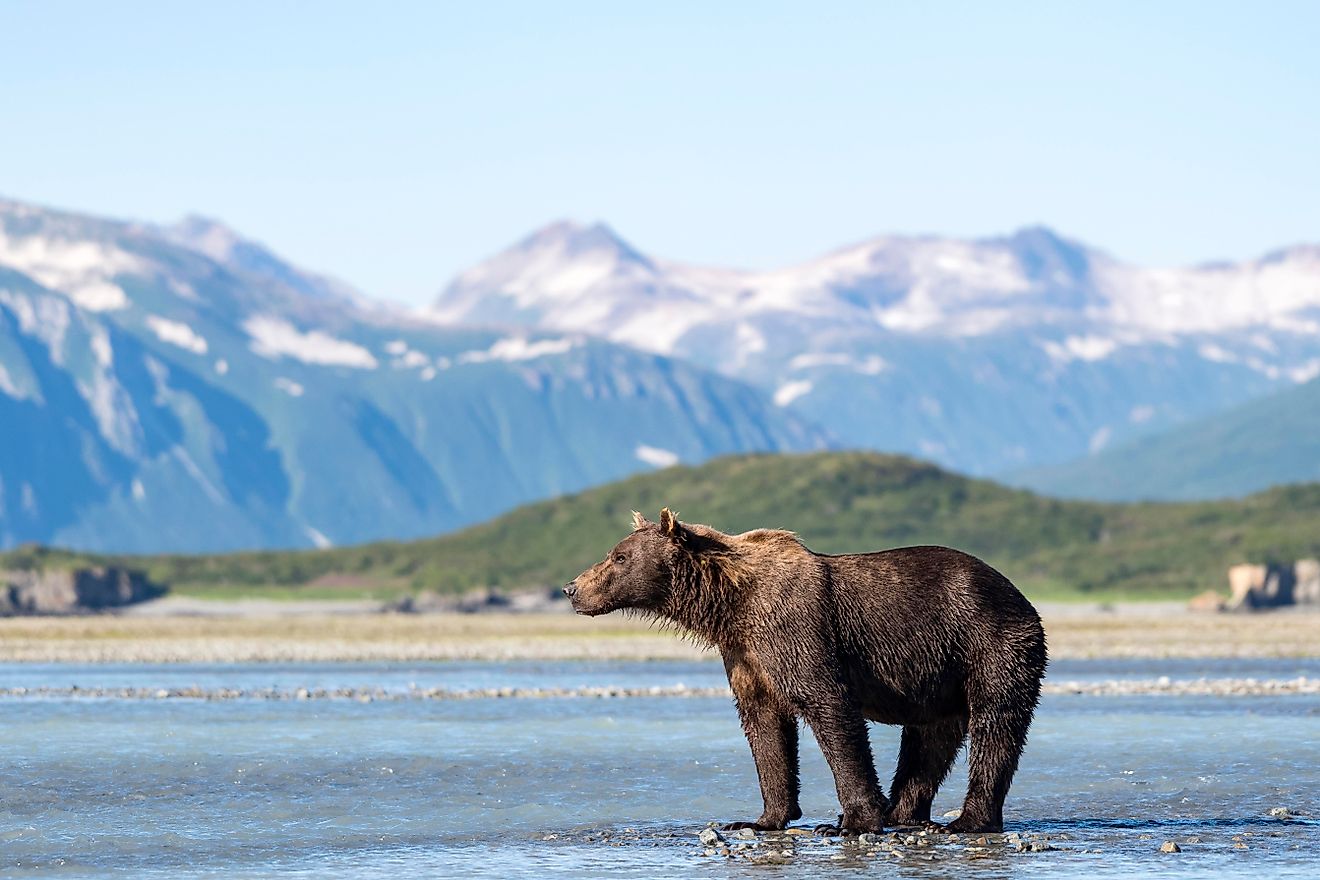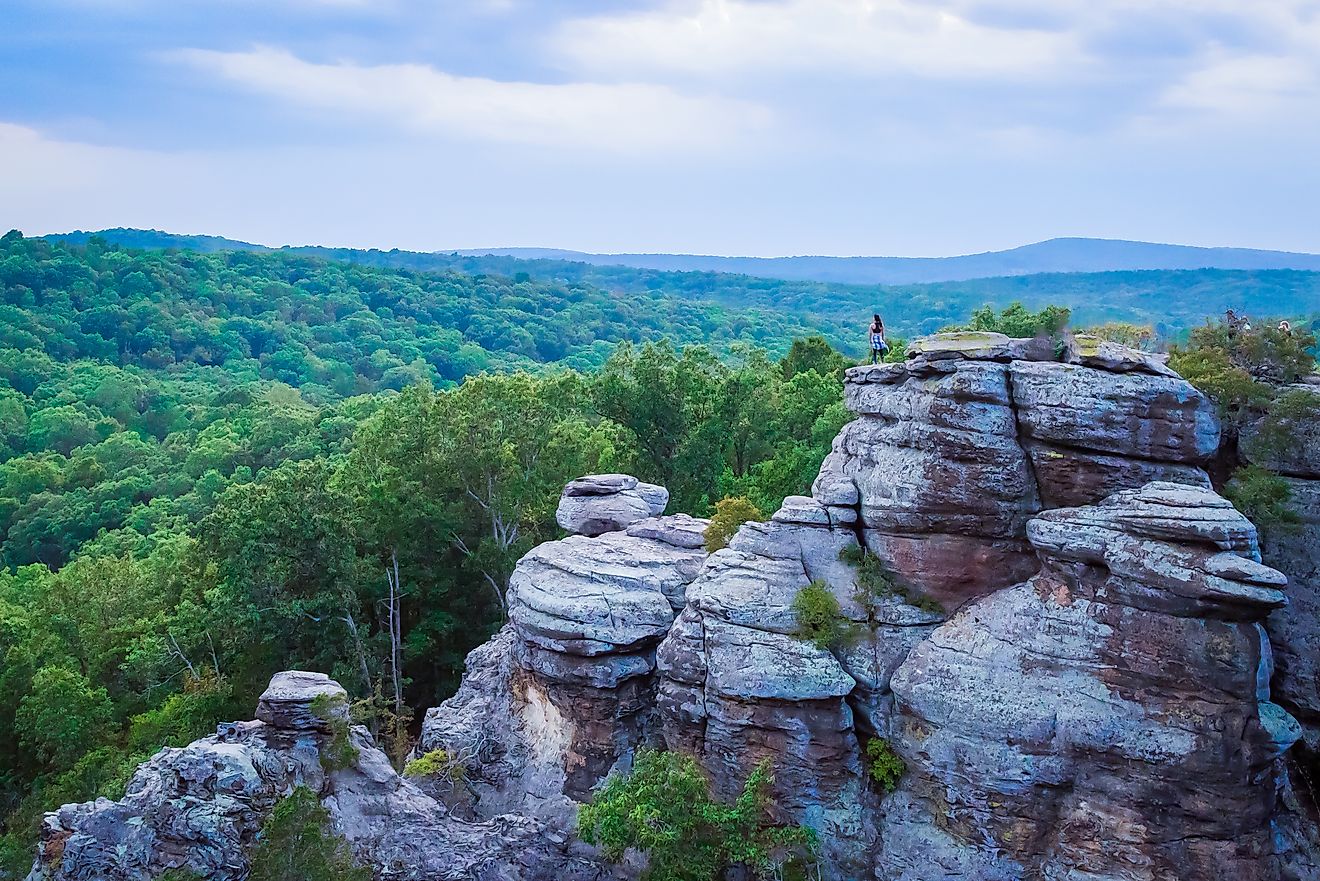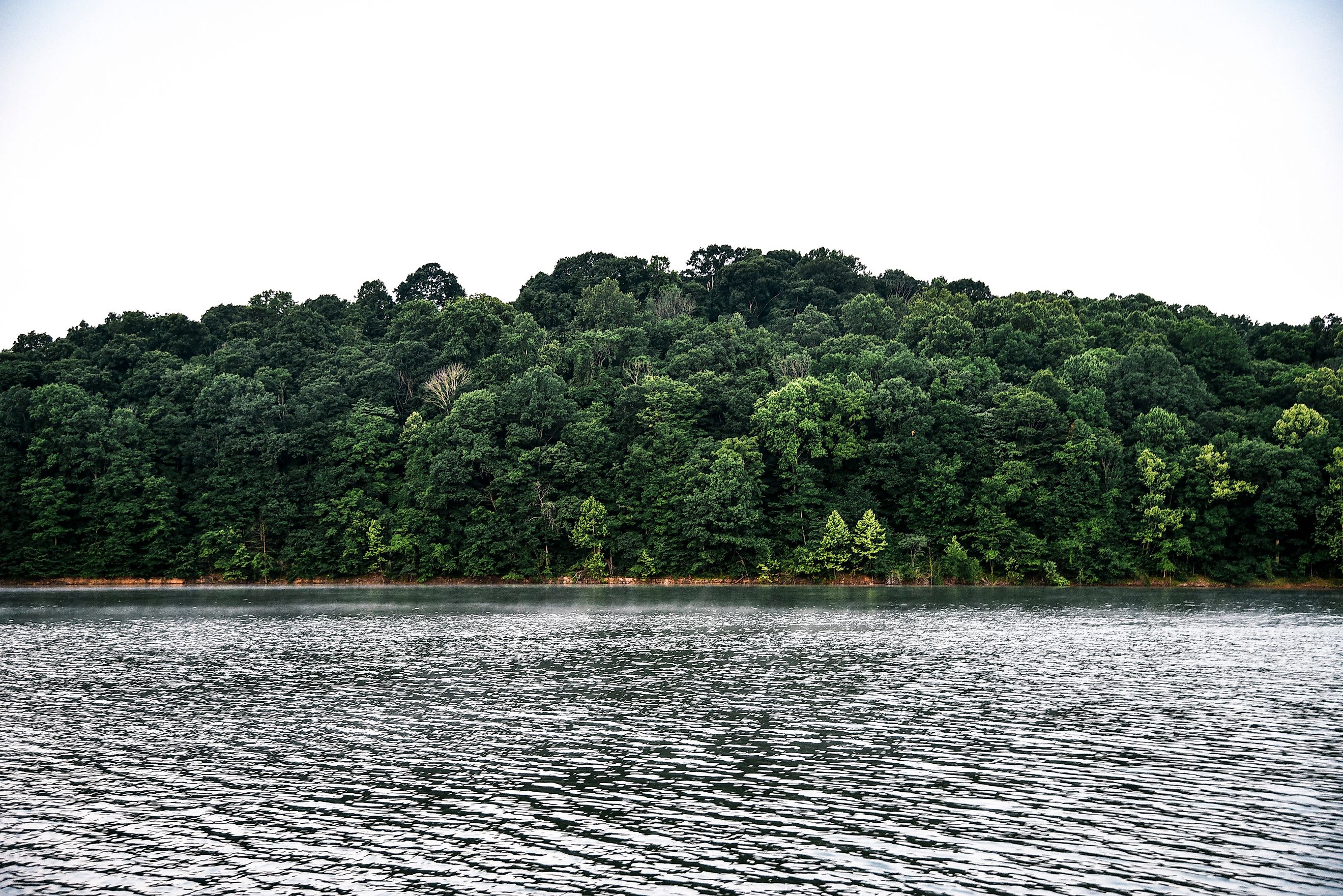
Hoosier National Forest
Southern Indiana may not be the first place that comes to mind when you think of rugged hills, deep forests, and hidden caves, but the Hoosier National Forest proves there is far more to this region than cornfields and small towns. Covering over 204,000 acres of rolling hills, limestone bluffs, and historic sites, this forest is a surprising haven for adventurers, history buffs, and anyone seeking a quiet escape.
Located in the heart of southern Indiana, the Hoosier National Forest stretches across nine counties, offering a patchwork of landscapes ranging from dense hardwood forests to prairie-like barrens. It is managed by the United States Forest Service and has its headquarters in Bedford, with a regional office in Tell City.
A Forest with Deep Roots
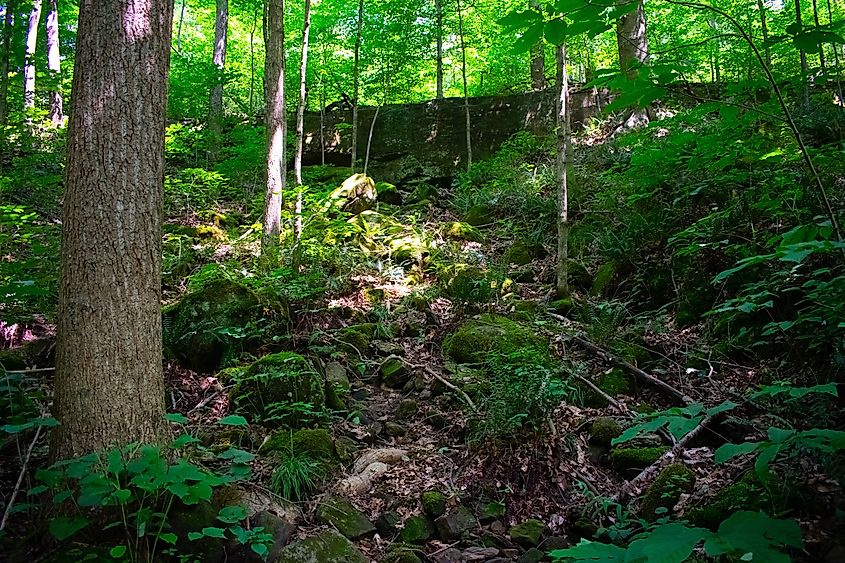
The story of Hoosier National Forest goes back thousands of years. Long before European settlers arrived, Native Americans hunted and lived in this landscape, leaving their mark more than 12,000 years ago. By the late 17th century, Europeans began moving into the area, establishing small villages and eventually cutting the forest for timber.
By 1910, much of the region had been logged, leaving eroded lands and declining populations. The state of Indiana and the federal government stepped in during the 1930s to rehabilitate the land, and on February 6, 1935, the Hoosier National Forest was officially established. Today, it stands as a testament to both natural resilience and the power of conservation.
What Makes Hoosier National Forest Unique?
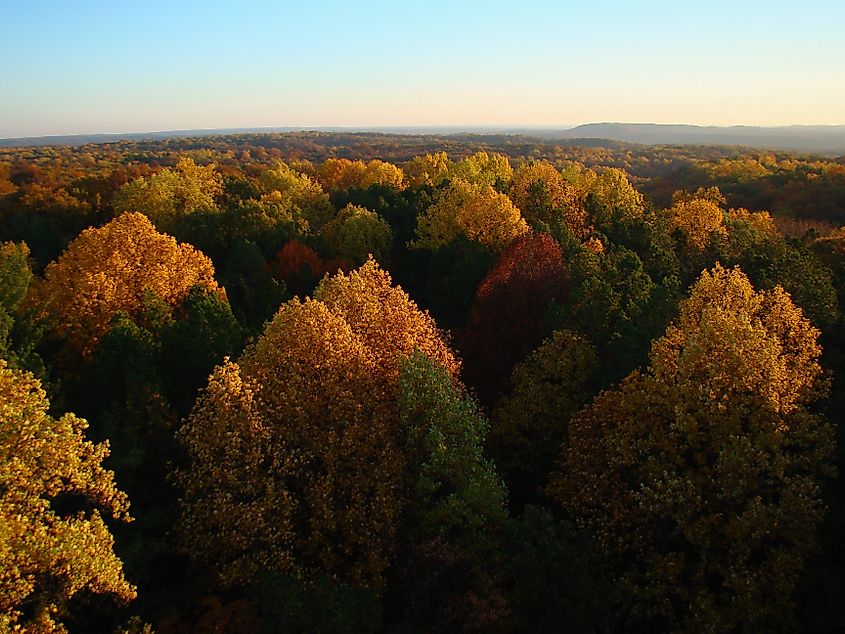
This forest is not a single, unbroken expanse. Instead, it is made up of four separate sections, each with its own character. The terrain is largely shaped by karst geology, meaning there are caves, sinkholes, and underground rivers beneath its hills. This geological backdrop creates diverse ecosystems that feel worlds apart within just a few miles.
One of its most remarkable areas is the Charles C. Deam Wilderness, Indiana’s only federally designated wilderness. Here, no motorized vehicles are allowed. Trails are maintained using traditional methods, often with the help of horses and mules. This ensures a quieter, more primitive experience for hikers seeking solitude.
The forest also includes unique places like the Clover Lick Barrens, a rare prairie-like habitat that defies the lush forested surroundings. Discovered by botanists in the early 2000s, this stretch of land was described in early surveys as "a mile of poor barrens and grassy hills." Today, it is actively managed to preserve its open character, and it even played a role in the reintroduction of wild turkeys to Indiana in the 1970s.
Hiking and Trails
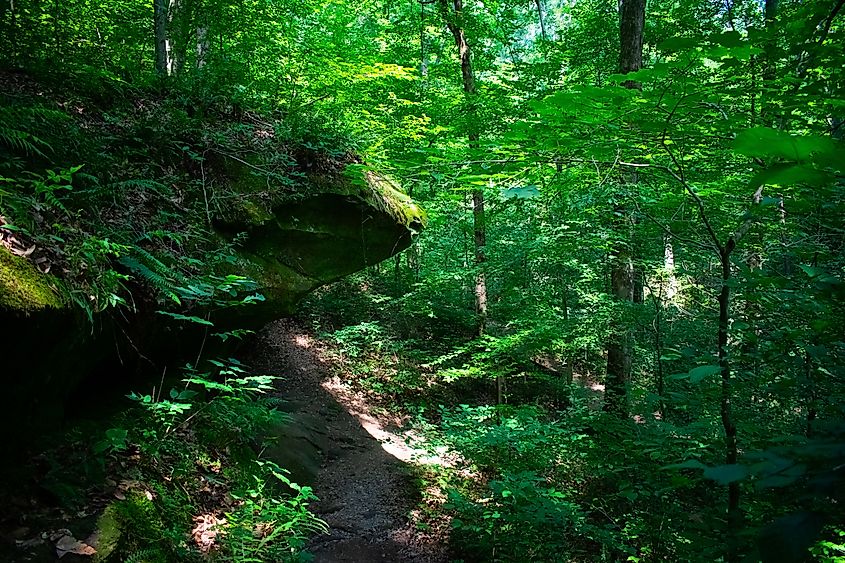
Hoosier National Forest offers a trail system with nearly 266 miles of trails, weaving through hardwood forests, sandstone cliffs, and quiet lakeshores. Hiking is one of the most popular activities, but the trails also welcome horseback riders and mountain bikers. There is a trail etiquette in place: hikers yield to horses, and cyclists yield to both.
Among the most popular hikes is the Hemlock Cliffs Trail, a 1.2-mile loop located in the central part of the forest. This short but scenic trail leads hikers past seasonal waterfalls, sandstone cliffs, and rare wintergreen plants. In spring, the cliffs come alive with blooming wildflowers, while autumn paints the valley in warm shades of orange and gold.
For those looking for longer backcountry experiences, the Charles C. Deam Wilderness offers miles of interconnected trails where overnight camping is allowed. This is one of the best ways to immerse yourself in the forest’s quiet beauty.
Historic Landmarks
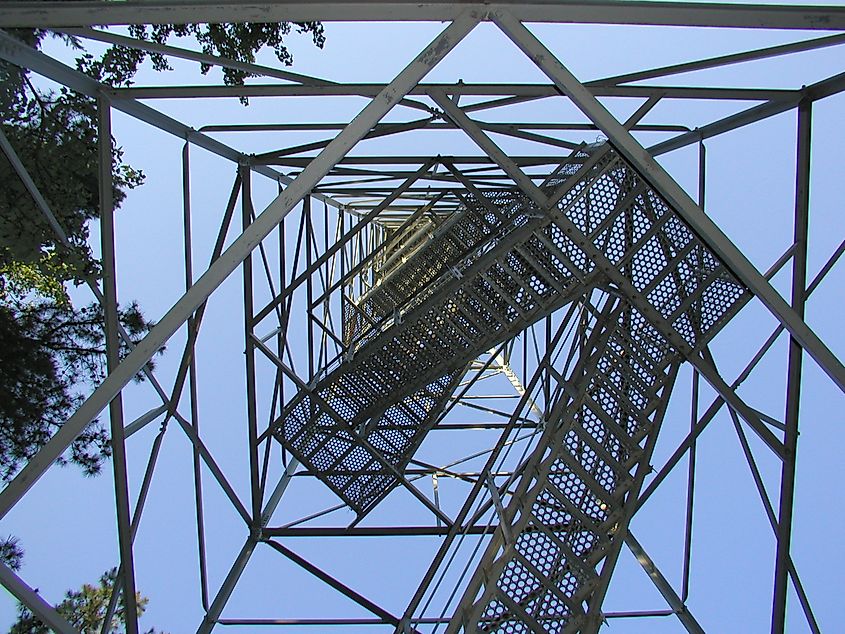
Beyond its natural appeal, Hoosier National Forest is steeped in history. One fascinating site is the Lick Creek Settlement, located two miles south of Chambersburg. This was a settlement of free Black families led by Quaker Jonathan Lindley in the early 19th century. The settlement thrived for several decades, leaving behind remnants that tell an important story about the region’s cultural history.
Another notable site is the Hickory Ridge Lookout Tower, the last standing fire tower out of eight that once dotted the forest. Visitors can climb the tower for sweeping views of the surrounding hills, but caution is advised, as the climb can be steep.
The forest is also home to the Pioneer Mothers Memorial Forest, near Paoli, which preserves a rare stand of old-growth woodland. Walking here offers a glimpse of what Indiana’s forests looked like before widespread logging.
Lakes, Wildlife, and Recreation

Water lovers will find several lakes within the Hoosier National Forest, including Sundance Lake and the larger Patoka Lake, which sits near its edge. These waters are popular for fishing, kayaking, and birdwatching.
Fishing is a big draw here, with species such as bass, bluegill, and catfish populating many of the lakes and streams. Hunting is also permitted in designated areas during the appropriate seasons.
Wildlife enthusiasts can spot white-tailed deer, wild turkeys, red foxes, and a variety of songbirds. The forest is also part of the migratory path for several raptor species, making it a rewarding destination for birders in spring and fall.
Visiting Hoosier National Forest
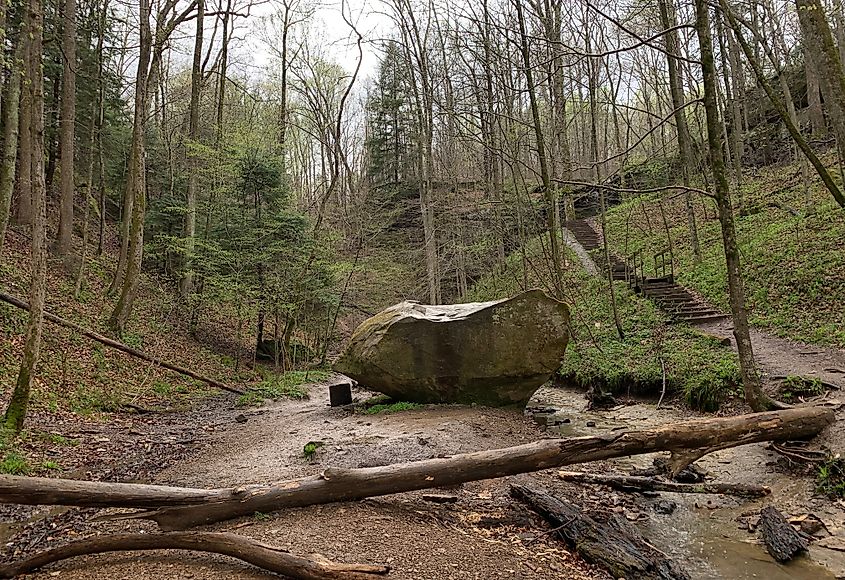
The forest is open year-round, but the best times to visit are spring and fall. Spring brings flowing waterfalls and fresh greenery, while autumn offers crisp air and colorful foliage. Summer is popular for camping and water activities, while winter offers quiet trails for hiking and wildlife tracking.
Camping is available at both developed campgrounds and dispersed backcountry sites. Popular campgrounds include Hardin Ridge Recreation Area and Tipsaw Lake, both of which provide picnic areas, boat launches, and access to nearby trails.
For those seeking a more rugged experience, dispersed camping is allowed throughout much of the forest. Be sure to follow Leave No Trace principles and check for any seasonal restrictions.
Cultural Connections
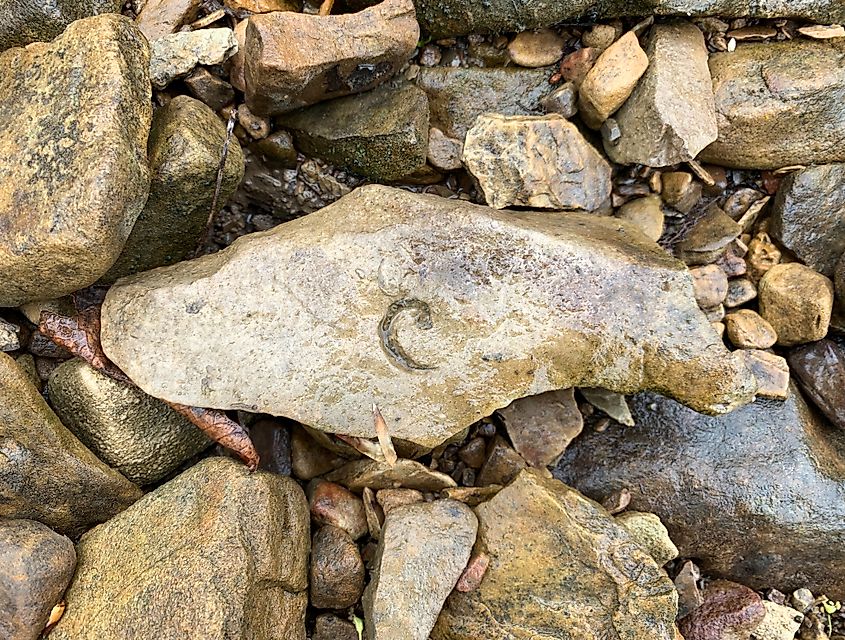
The Hoosier National Forest reflects Indiana’s rural heritage. Its communities, such as the nearby towns of Bedford, Tell City, and Paoli, have deep ties to the land. Local festivals often celebrate the region’s connection to nature, with events featuring everything from folk music to artisan crafts.
Visitors will also find traces of more recent history, such as Maumee Scout Reservation and Lake Tarzian, a camp named for Sarkes Tarzian, who played a key role in its development.
Quick Reference Chart: Hoosier National Forest
| Feature | Details |
|---|---|
| Total Area | 204,303 acres |
| Location | Southern Indiana (9 counties) |
| Main Headquarters | Bedford, Indiana |
| Notable Sites | Hemlock Cliffs, Lick Creek Settlement, Hickory Ridge Lookout Tower |
| Total Trail Miles | 266 miles |
| Wilderness Area | Charles C. Deam Wilderness |
| Best Seasons to Visit | Spring and Fall |
| Activities | Hiking, horseback riding, camping, fishing, hunting, birdwatching |
Frequently Asked Questions
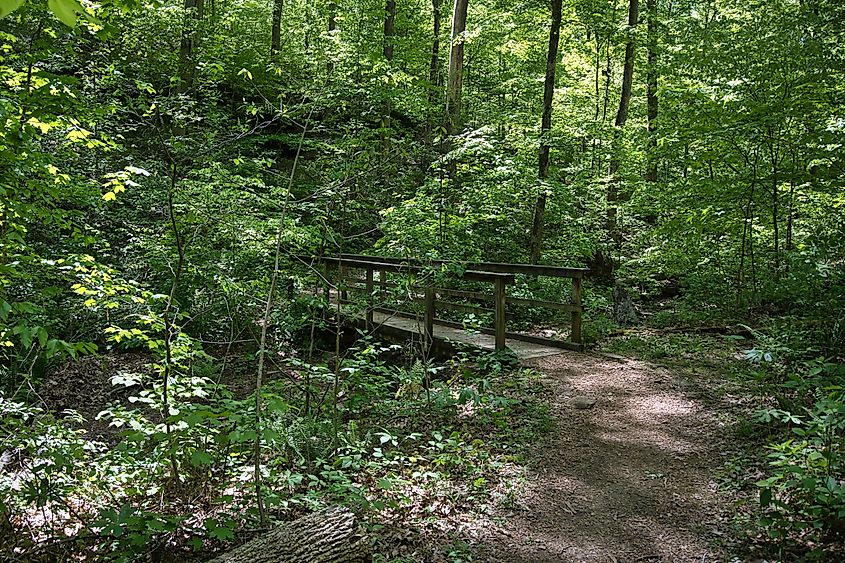
Is Hoosier National Forest free to visit?
Yes, most of the forest is free to access, but certain recreation areas may have day-use or camping fees.
Can you camp anywhere in Hoosier National Forest?
Dispersed camping is allowed in many areas, but check regulations beforehand. Developed campgrounds are also available with amenities.
Are there bears in Hoosier National Forest?
Black bears are not common residents, but occasional sightings have been reported. More common wildlife includes deer, turkeys, and small mammals.
What is the most popular hiking trail?
The Hemlock Cliffs Trail is one of the most visited due to its short length and scenic views.
Can you swim in the lakes?
Yes, swimming is allowed in designated areas, especially around Patoka Lake and Hardin Ridge Recreation Area.
